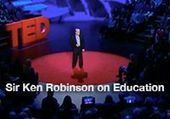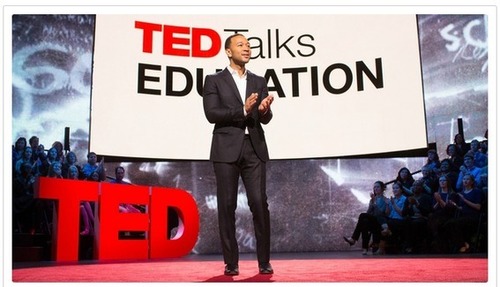See on Scoop.it – teaching with technology
“Creativity and education expert Sir Ken Robinson delivered two amazingly popular TED Talks prior to 2013. His first talk http://bit.ly/1fjhkH6 —presented sans multimedia in the true Sir Ken Robinson style — was made in 2006 and is the most viewed TED talk of all time. His follow-up talk given in 2010 http://bit.ly/1f6zZp2 also has been downloaded millions of times. I have seen Sir Ken speak many times and he is always inspiring and engaging, but his latest TED talk, http://bit.ly/IEXH0Q presented at TED Talks Education in April of this year, is my favorite yet. Good presentation is a balance of information, persuasion, and inspiration. Presentations related to leadership must necessarily light a spark and point the way. Sir Ken does not scream or jump up and down but he nonetheless ignites, provokes, and inspires his live audience, and anyone else who cares to listen to his presentation on line, in a meaningful and memorable way. Millions of people have seen his latest talk, but just in case you have not, please set aside about 20 minutes to watch this outstanding, albeit short, talk below.”
Sir Ken certainly has a lot to say about education. It is important to listen to voices that challenge you.
See on www.presentationzen.com




